Caprona's Tower - Original Black and White Photo Series - Italy 2016
HISTORY
In spite of its limited area, Caprona is definitely one of the most interesting villages administered by the Municipality of Vicopisano: it is certainly worth mentioning the place that the Castle of Caprona has in Dante’s literary work: the Poet in fact mentions it in the 21st “canto” of the Inferno. Young Dante Alighieri was actually one of the Florentine soldiers (precisely a mounted soldier) who took part to the conquest of the Castle of Caprona in August 16th, 1289.
Here is what Dante says:
"così vid' ïo già temer li fanti
ch'uscivan patteggiati di Caprona,
veggendo sé tra nemici cotanti. "
The episode refers to the fear that the Pisan soldiers showed, “temer li fanti”, in front of the numerous Florentine army, “veggendo sè tra nemici cotanti”, after negotiating their surrender in Caprona, “ch’uscivan patteggiati di Caprona”.
The fight for the Fortress of Caprona had begun in spring: it was first occupied by Nino Visconti - captain of the Pisan Guelph exiles and allied to Lucca - and then reconquered by Guido da Montefeltro. The Florentines were not ready to bring a fast backing up to the army of Lucca, as they were involved in a war with Arezzo. After defeating the Arezzo army at Campaldino (July 1289), they were able to divert part of their army and direct it towards Pisa boundaries. The Poet was among the four hundred cavalrymen that allowed Nino Visconti to reconquer the Castle (August 16th) after a three day siege.
Caprona already existed in Roman Age. In Middle Ages, it was the seat of a Castle (documented in 1051), which was probably set on the hill that dominates the village. Perhaps, it rose just on the rocky crest where today rises the 19th century Tower “degli Upezzinghi”, the symbol of the village and one of the most characteristic spots in the whole Monte Pisano area. The castle was the scene of many battles between the armies of Florence and Pisa that had taken place in this area for a long period of time; it was dismantled by the Florentines in 1433. From that time forth, Caprona lost its military importance and turned to more profitable activities, such like the navigation on the river or the exploitation of the limestone mines. It is here in Caprona that the Grand Duke Cosimo I( 16.th century) had a villa or a hunt residence made; unfortunately, no trace has been left of such an edifice, which was most likely “swallowed” by the limestone mines.
Caprona is a really interesting place also for its beautiful natural location: just walk a few hundred meters away from the jammed Via Vicarese and you will find yourself plunged in a typical Mediterranean landscape, made of maquis growing on the limestone rocks, but also of luxuriant pine woods. This environment is made even more fascinating by the presence of the mines that create natural terraces with breathtaking views, allowing to sweep over the vast plain of Pisa until Leghorn and the islands of the Tuscan Archipelagos.
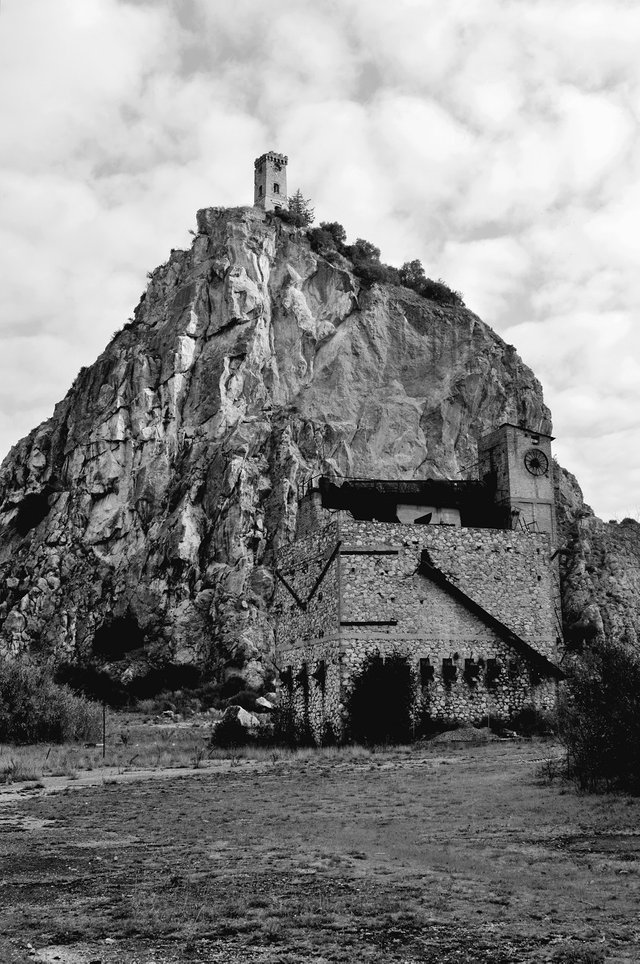
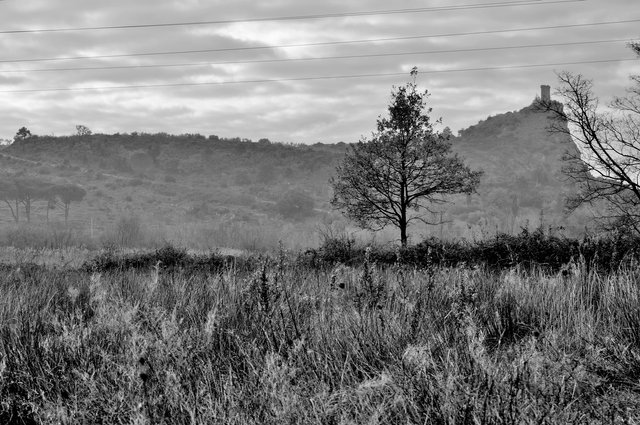
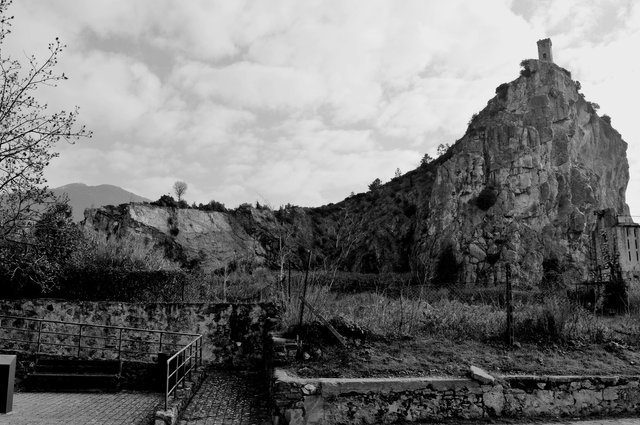
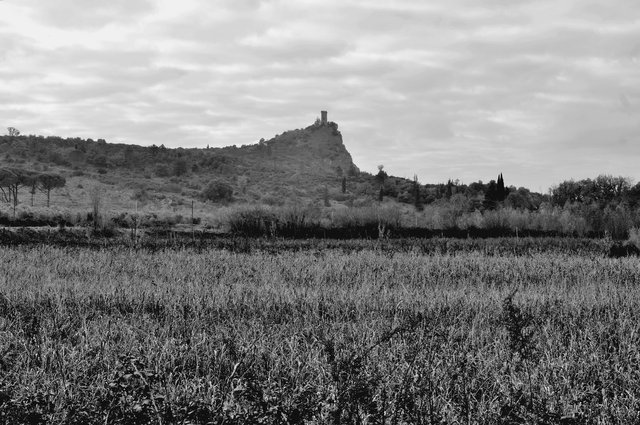
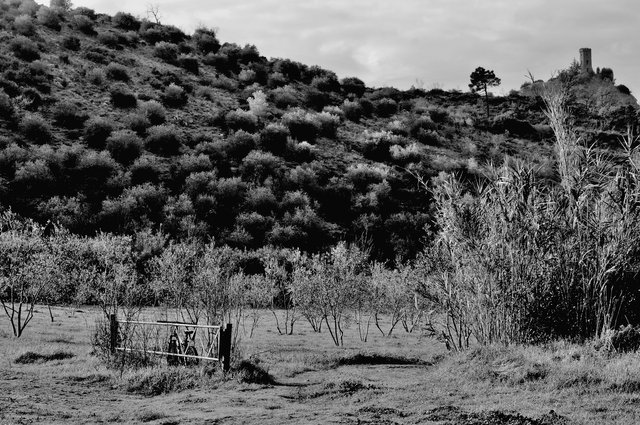
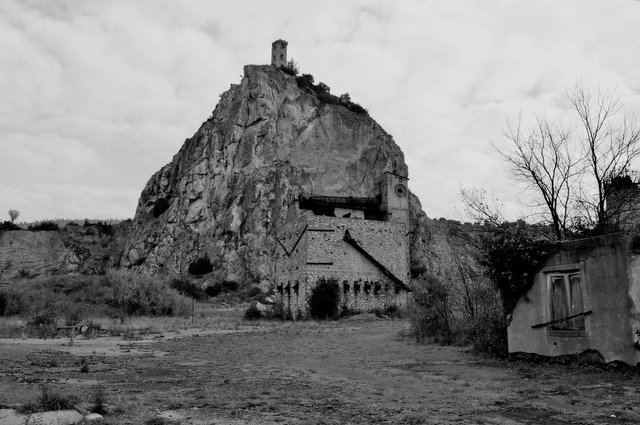
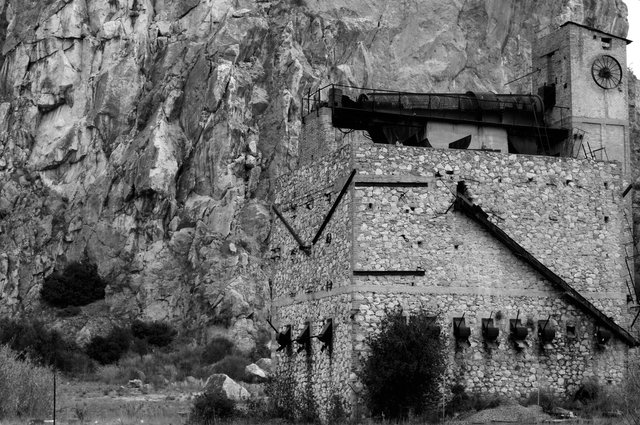
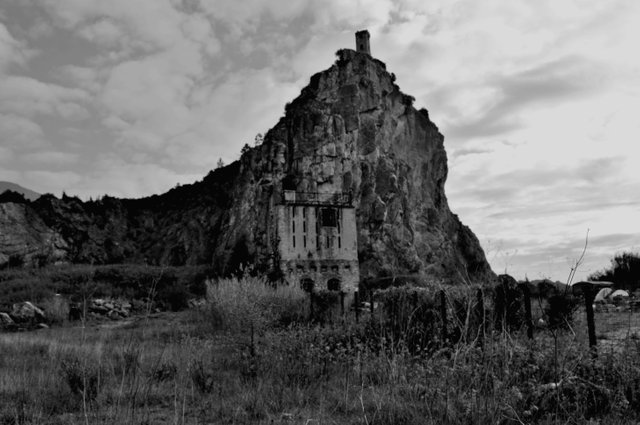
Device: Nikon D3200
Lens: Nikkor 18-55mm
Note - Pictures are under the Creative Commons license Attribution-NonCommercial-NoDerivatives 4.0 International
To certify my authorship this post and others, please visit my steemit page.
Great shots!
Thanks man! (;
You always have great photos!
@kus-knee (The old Dog)
Thanks so much my friend! You're always very kind! (;